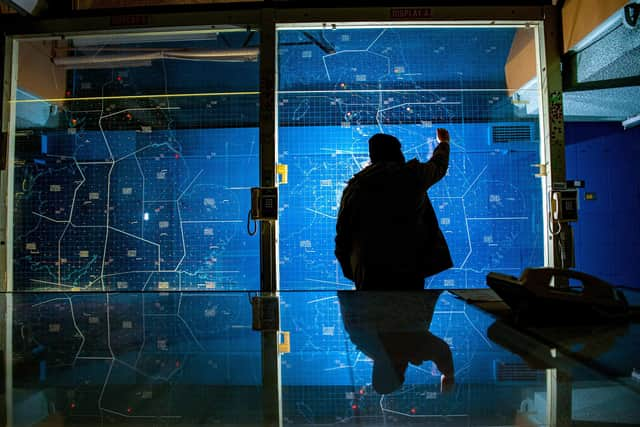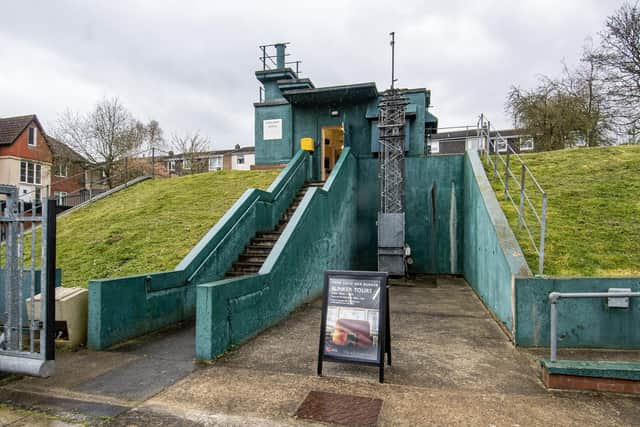York Cold War Bunker: The Yorkshire tourist attraction built in case of a nuclear war
But now what is to many of us living history, the Cold War Bunker at York attracts the inquisitive as well as those who remember the days of the four-minute warning with a shiver.
This is the York Cold War Bunker, known historically as No 20 Group Headquarters or Group Control. It was constructed in 1961 as part of Britain’s defence against the impact of a nuclear strike.
Advertisement
Hide AdAdvertisement
Hide AdThe site operated within a national network of bunkers whose role was to observe and locate nuclear explosions, report on power and altitude, and track the ensuing radiation.


This network came under the aegis of the United Kingdom Warning and Monitoring Organisation (UKWMO), part of the Home Office, but it was operated by the Royal Observer Corps (ROC), a largely voluntary organisation which at the peak of its nuclear reporting role counted over 25,000 members nationally.
No 20 Group Control was constructed on government ground on the western side of York, accessible to both York and Leeds. Tucked away behind a Victorian villa, its existence was an open secret throughout its operational life. But it’s fair to say tourists weren’t encouraged.
The semi-sunken, mass concrete structure was not designed to withstand a direct hit. Instead the UKWMO system relied on a concept of redundancy – that roles, equipment and data were replicated across many sites and could be picked up if another site went down.
Advertisement
Hide AdAdvertisement
Hide AdAt the heart of the control, an operations room – its design taken from ops rooms of the previous war – recorded data across a series of charts, maps and forms, then transmitted this information by teleprinter to clients.


A spokesman for English Heritage said: “Maintaining communications was crucial to the system working, and while much of UKWMO equipment changed little over 30 years, the communication technology developed over time. By time of stand down, the ROC (Royal Ordnance Corps) were using Victorian pinhole camera technology to spot bombs, and a Message Switch Exchange (which can be understood as a precursor to the internet) to inform the world.
“The York network was administered by one full-time and two part-time paid officers supporting several hundred volunteers across the group.”
Visitors are urged to see a short introductory film; a guided tour of York Cold War Bunker; the decontamination room; and a trip to the shop to stock up on English Heritage souvenirs . Access is by guided tours only, with a maximum of 15 people per tour. Pre-booking online is required. The tours take place every hour and last one hour.
The bunker is in Monument Close, off Acomb Road, near the Carlton Tavern, two miles from York city centre. Visit: www.english-heritage.org.uk/visit/places/york-cold-war-bunker/.